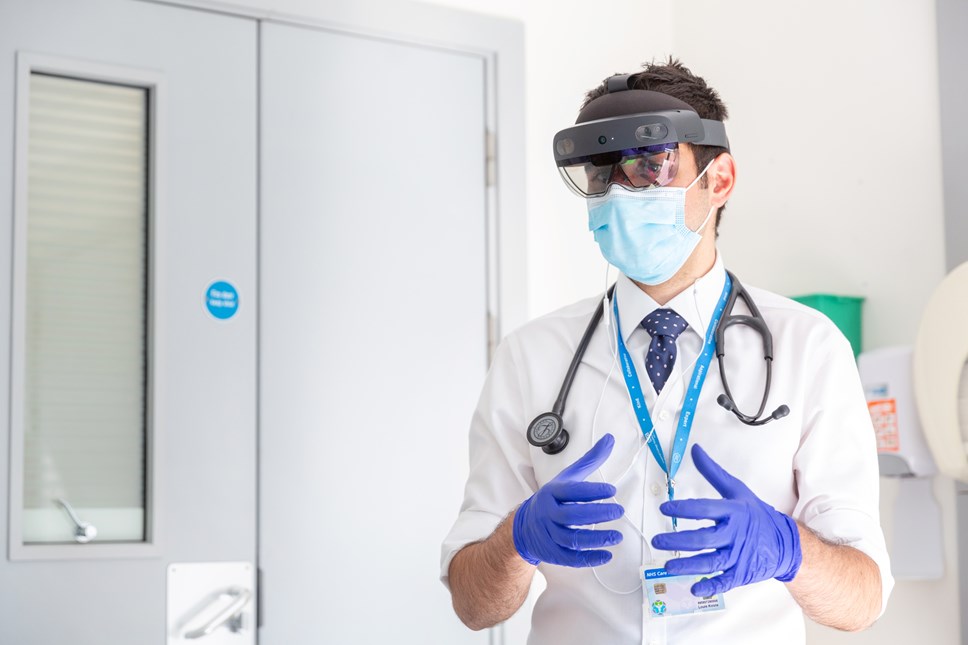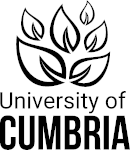
Unlikely marriage of universities can ease NHS staff crisis
The NHS is facing a staffing crisis. The British Medical Association estimates that the current shortfall is over 50,000 doctors. The shortage in the number of doctors is unevenly spread across the UK, mirroring the distribution of social deprivation and health inequality, with the North of England particularly affected – 11 per cent of NHS posts are vacant compared to 3 per cent in London.
But the number of medical students trained in the UK is capped by the government due to the high costs of training – a fact much-discussed on A-level results day last month given many straight-A students were turned down for medical school places. In 2018, 1,500 extra training places were created but more are needed. The Medical Schools Council recently published a report highlighting shortfalls in the UK’s domestic supply of doctors and calling for a further expansion of 5,000 medical school places.
To address this challenge, two institutions with different histories and missions - the University of Cumbria and Imperial College London - have come together.
The University of Cumbria is a modern university created to help redress inequality of opportunity, and we have strategically positioned ourselves as an institution for and from Cumbria. Our well-respected Institute of Health and Institute of Science and Environment has quickly established a strong reputation in biomedical science, nursing, midwifery, particularly in the training of allied health professionals including those working in physiotherapy, occupational therapy, diagnostic radiography and a growing local and national paramedic provision.
Cumbria’s graduates provide a skilled healthcare workforce in the region, but we were aware that something has been missing. We did not have a medical school, and specifically, we did not have a medical school that was focused on the needs of our local community both in terms of education and research. So when Imperial College London approached the university about working together on areas of health and social inequality, it made perfect sense to explore a new partnership which would positively impact the health outcomes of our whole community—a new medical school for Cumbria.
Combining Imperial’s skills in medical education and Cumbria’s expertise in training nurses, midwives and other allied health professionals, plus our local knowledge about regional health inequalities, the new medical school will be steeped in the importance of teamwork producing doctors who are embedded in their local community and ready to contribute to services across the region and beyond.
This new medical school will also support school children and young people from Cumbria who aspire to a career in medicine to achieve their ambitions. While students are expected to apply from all over the UK, we hope many will have studied at Cumbria’s own Institute of Science and Environment or be from the local area.
This is not just about expanding opportunities locally. Having students with experience relevant to Cumbria may help us to study and research population and community health and, being based on the edge of the Lake District National Park, improve the health of rural communities.
However, due to the cap on medical student places, we have taken an innovative approach to creating a new medical school. Imperial will move 50 of its own home training places to the new school, redistributing them into an “under-doctored” area. In turn, some 50 overseas students who fund their own training will replace these numbers in London. This will mean that any increased cost to the Exchequer will be minimised, and the reallocation of numbers to the north-west will directly support levelling up the region and increase the number of future doctors at a national level.
Our partnership will also focus on growing the University of Cumbria’s research capacity and capability. The university has a strong portfolio of research across multiple disciplines with an emphasis on equality and positive transformation of health and social outcomes, while Imperial has a global reputation for research that translates scientific advances into improvements in health across the world. In collaboration with local NHS partners and other local stakeholders, the new Cumbria School of Medicine will develop these new research opportunities, bringing education, innovation and employment opportunities to the north-west.
Eighteen months after the discussions began, we are now in the process of developing a curriculum which will deliver our goals in line with General Medical Council standards. The Cumbria School of Medicine will open in 2025 with a modest 50 graduate-entry student intake, and offer a bespoke four-year programme designed to train doctors who will help to improve health outcomes in Cumbria and the North West.
At a time when we need to increase the numbers of medical practitioners, we need to think outside the box and not let the cap on places hold us back. It won’t solve every problem, but we firmly believe that it will help Cumbria really motivate people to stay and work in the area. At the same time, it will help to expand the number of places in UK medical schools to meet soaring demand in the NHS. There has to be a starting point, and this is ours.
Brian Webster-Henderson is deputy vice-chancellor at University of Cumbria, while Martin Lupton is vice-dean (education) at Imperial College London’s Faculty of Medicine
